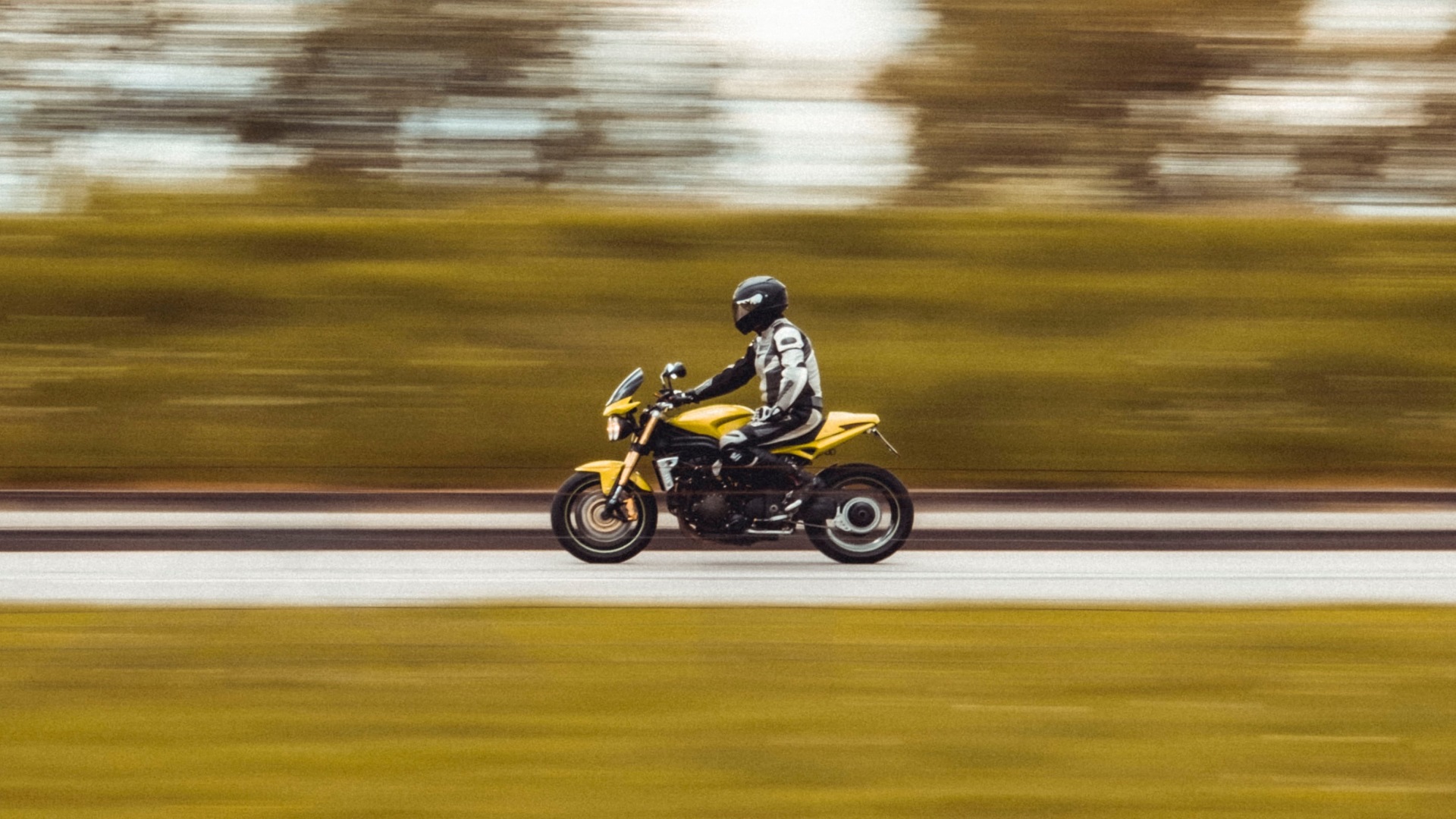Roadways are heavily congested with a variety of distinctly different vehicle types. In 2021 there were 8.6 million motorcycles registered in the USA (IIHS). Motorcycles make up 3% of our vehicle population but more than 14% of highway deaths.
Practicing Motorcycle Safety as a Motor Vehicle Driver
All motor vehicle operators have a duty to drive in a reasonable and prudent manner, which implies the driver must exercise safe driving practices and behavior. A driver must always be attentive and aware of the environment and traffic they are operating in. A very important behavior for the driver to develop and apply is a conscious expectation of encountering potential hazards. A driver will see and discern motorcycle traffic if the driver develops an expectation of seeing a motorcycle.
Motorcycle Safety When Turning Left
Recently, NHTSA reported that in nearly half of all fatal crashes involving a car and a motorcycle, the car was turning left at the time of the crash. Left-turn right-of-way laws are clear: drivers turning left must yield to other traffic. A driver of a car who hits a motorcycle while turning left will almost always be at fault.
When preparing to make a left turn – either stopped or pulling out from an intersection to cross a roadway – a driver will typically experience oncoming traffic. Prior to accelerating, the driver must estimate the speed and gap distance of oncoming traffic to determine when it is safe to pull out or turn. Under low-light conditions the headlights of oncoming vehicles may be exceedingly clear. In some of those cases, a motorcycle with its headlight on could be lined up in front of an oncoming vehicle, leaving the motorcycle headlight blended into the other vehicles’ headlights. Clearing for a left turn or pull-out for the oncoming vehicles could be a mistake. In all situations, it pays for the driver to expect a possible hazard, such as a motorcycle being lost in the oncoming headlights.
The same potential hazard can be true in daytime traffic. Motorcycles do not always stand out from the background traffic or environment, especially when heading straight, due to their small size and lack of contrast with their background. If an oncoming motorcycle is seen, it is still very difficult for a driver to determine its approach speed and gap closing time (it is extremely hard to estimate the speed of any object that is moving straight toward you). If an object is moving laterally left-to-right or vice versa the speed is much easier to judge; however, if a driver hasn’t developed an expectation and looked for a motorcycle, they may not see the motorcycle in their half- second glance made in that direction.
Practicing Motorcycle Safety as a Motorcyclist
Motorcyclists should receive training and be licensed, as riders with more skill are less likely to be involved in a crash. It is important that motorcyclists look out for themselves and others, especially those who drink before riding. The NHTSA reports that 42% of motorcyclists killed in single-vehicle crashes were impaired by alcohol, and 30% of riders did not have a valid license to operate a motorcycle.
Motorcyclists should also run their high-beam headlight during daytime and wear bright clothing that provides a contrast to the riding environment. Additionally, riders should never assume that vehicle drivers will see a motorcyclist and yield. Ride defensively and ride friendly – stay harmonious in the traffic stream.
For more information about practicing motorcycle safety, give us a call at 979-693-5800.

